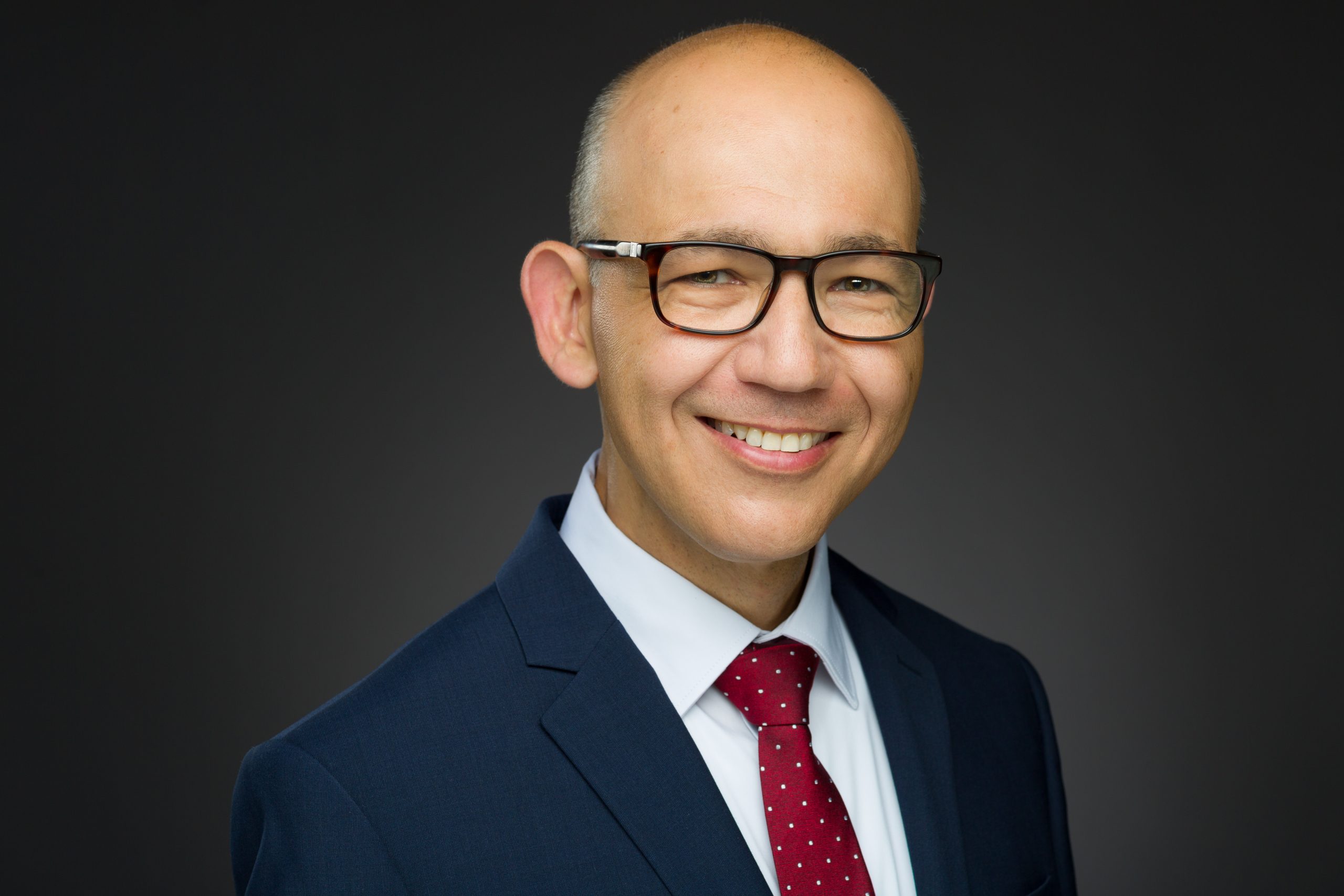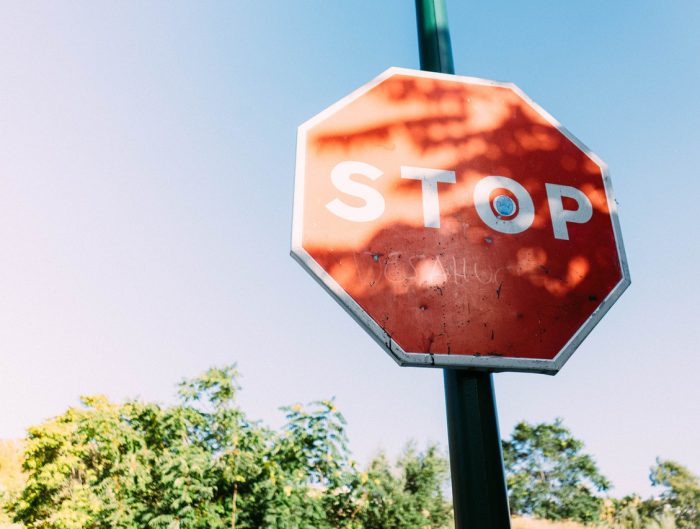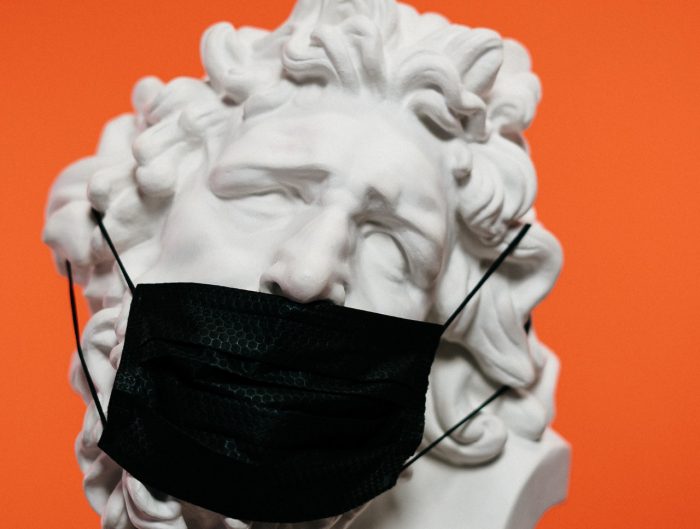First it exposed the righteous sanctimony of medicine. This has got a couple of players. One is “I’m the expert, I know more.” without consideration of the other person’s constraints..
Lesson #1: People Don’t Listen to “I’m the Expert. Shut Up and Do What I Say”
Picture, instead of COVID, let’s put it in the context of a diabetic patient and their doctor. The doctor says “Why didn’t you take your insulin.” He starts getting frustrated, “Your blood sugar tests came back and they’re no better. What the hell, I told you to take your insulin.” And it’s just so sanctimonious.
The doctor has no understanding that the reason why the patient may not be taking their medication is because she can’t afford it, or it gives her some side effects. Even as physicians and leaders, we can’t just present ourselves as the absolute truth because we’ve got magical letters after our names. There’s no possibility I could be wrong. Too often, that’s our default. “Here’s what’s right, here’s what’s wrong and don’t worry about anything else.” And that’s how too much of the communication about COVID was presented.
We started presenting public health information the same way at the start of the pandemic. “Here’s what’s right. Don’t worry.” We all remember that initial recommendation: “Don’t wear a mask.” And whether or not the reason why don’t wear a mask or wear a mask is right is irrelevant. How it was presented made a difference.
Saying don’t wear a mask, at the time wasn’t a bad idea. We had limited supply. The medical community needed them. We also had no idea that it decreased transmission to innate non-infected individuals. We were putting out messaging saying it didn’t protect you as a wearer but it lowered your chances of spreading it to someone else.
It didn’t protect you as the wearer, but as someone who had a lower chance of spreading it to someone else. “We’re the experts, we know better.” was how it was presented. “Your feelings aren’t invalid. Here’s what you’re going to do. Don’t wear a mask.” And then we turnaround and say, “My bad. Actually yes, you need to wear a mask.”
The initial message was so unequivocal. It made it really hard to walk back and do a complete 180 without losing people’s trust and patience.
Lesson 21: We Need to Preface Our Messaging
Rather than initially stating so overly-confidently “This is what it is. This is what you need to do.” we should always preface the messaging with a caveat. “Based on what we know now, I can say this is the best course of action I can recommend.” “Here’s what we know right now.” That’s the nature of knowledge, you learn as you go along. And it’s important to keep reminding the public of that before we have to walk back on a recommendation. Right from the start, it was important to really push the idea that this is a new virus and recommendations have a good chance of evolving as we learn more.
Not doing this can destroy the public’s trust in the message and the healthcare leaders delivering the message. That misstep led to the death of expertise in many of the COVID conversations. It led some parts of the public to say, “Well, if you were wrong the first time, why should I ever believe you’re right.” And then they started saying “They don’t know what they’re talking about.”
Think about that descent for a moment. At one point in time, the medical community were “healthcare heroes.” And then somewhere along the way the impression became, “You’re tyrannical, because you’re saying wear a mask.”
Lesson #3: Answer the Question- What’s In It for Me?
Another misstep we made was proposing a solution without understanding the greatest concerns of the individuals affected. You’re telling them, “Here’s what you have to do to minimize exposure,” but for some, exposure isn’t their main concern. They’re more worried about losing their job. And it just discounts everyone else’s concerns. “I don’t care what you think, here’s what you got to do,” in any situation is bad messaging. It’s bad communication.
And it didn’t have to be that way. Acknowledging someone’s concern about losing their job and losing their home wouldn’t have taken anything away from the science or the data. The two concerns could live in the same message. But they didn’t, and that’s where we lost a lot of people.
This pandemic was always positioned as “This is why it makes a difference to other people, including people you may not know.” Wearing a mask decreases the risk of some old person in a nursing home dying. But the old person in the nursing home is a faceless visual to someone who is staring down losing their home because they’ve been out of work for an extended period of time.
The faceless old people in a nursing home, who may have died anyway, is not their concern. We never seemed to take a moment and think about that. The messaging was never directly pointed at the individual, “This is what you need to do for you.”
I would actually take this as a lesson, if this ever happens again (which I can almost guarantee that it will) I would not make the message about the medical stuff. I would focus on the ways it affects the individual and what they can do for their best interest.
Lesson #4: People Respond to Stories, Not Commands
People care about the stories, not numbers. People learn from a story and people want to be the hero in their own story. As we know from countless studies of consumer psychology, everyone’s the hero of their story. No one ever positions themselves as the bad guy. We all think we’re the good guy.
And we needed to approach this pandemic as an ad campaign more and less of a medical conference. We could redo the pandemic messaging into a story board and make the listener the hero:
You’re the hero facing down a problem (which in this case is COVD-19)
It’s preventing you from getting somewhere (today, that’s back to our old way of life and not infected).
We (the public health leaders) are coming along as the noble guide. We’re going to teach you the skills to get the reward.
That’s messaging that will resonate with people, as opposed to, “Listen to me, because I’m smarter than you.”
The next time something like COVID-19 occurs, I’m not calling the doctors to develop the messaging. I’m not calling on the President or the Surgeon General. I call on famous behavioral economists. I call Richard Thaler. We seek out the people that understand why people do things that are even potentially not in their own benefit. These types of experts can figure out how to get people to wear a mask.
Unfortunately we’re starting to see some of the same types of problems going on with the messaging surrounding the vaccine. It’s not getting positioned as “why this is best for you.” It’s not positioned as this is the best way to get your job back if you’re a server. It’s getting positioned as “This is your duty, this is what’s best for other people.”
Positioning the vaccine as for the greater good doesn’t move people the way their checking account does. We need to realize that and market and message accordingly.






Leave A Reply